In the world of freight and logistics, knowing how to unhook a loaded semi-trailer is crucial for safe and efficient operations. This comprehensive guide is designed to walk you through the necessary steps and practical considerations in unhooking a loaded trailer while maintaining safety standards and adhering to best practices.
Understanding the Basics of Unhooking a Loaded Semi-Trailer
Unhooking a semi-trailer, especially when loaded, involves several important steps. The process may seem straightforward, but it demands a thorough understanding of the equipment and practices to ensure the safety of the driver, bystanders, and cargo.
Key Terminology
- Tractor Unit: The front part of the truck that provides power.
- Semi-Trailer: The cargo-carrying vehicle that connects to the tractor.
- Fifth Wheel: The coupling device on the tractor that securely connects to the kingpin of the trailer.
- Kingpin: The pivot point of the trailer that engages with the fifth wheel.
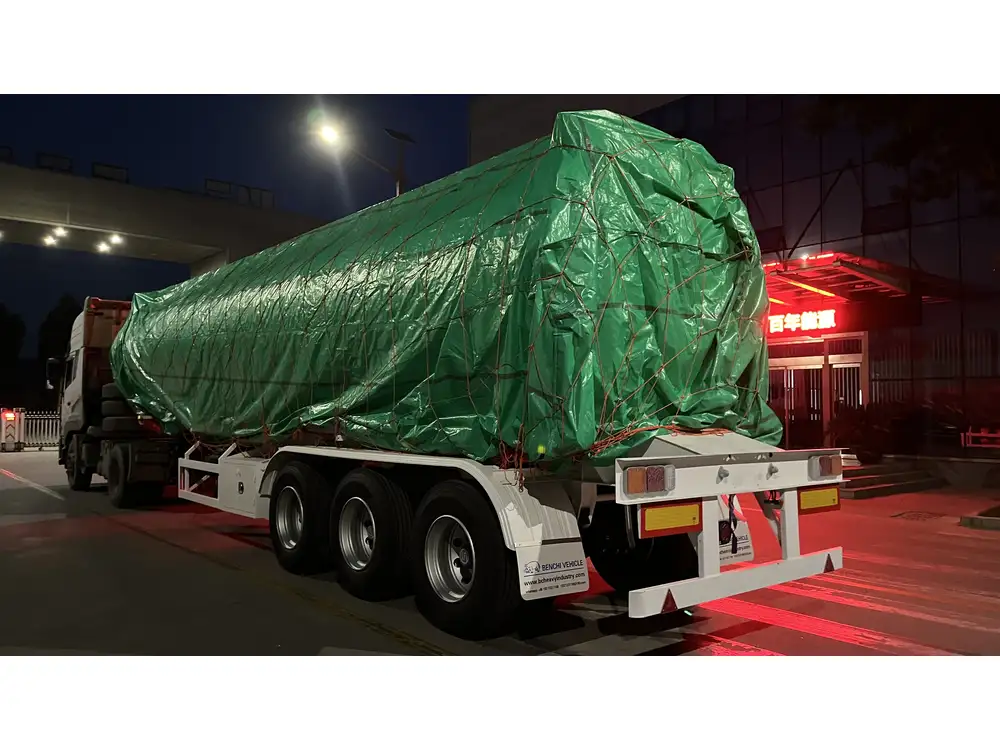
Preparing for the Unhooking Process
Preparation is essential before attempting to unhook a loaded semi-trailer. Ensure that you perform a thorough check of all necessary equipment and safety protocols.
Pre-Unhooking Checklist
| Item | Description |
|---|---|
| Safety Gear | Wear high-visibility clothing, gloves, and steel-toed boots. |
| Parking Location | Choose a flat and stable surface to park. |
| Wheel Chocks | Position chocks on the trailer wheels to prevent rolling. |
| Brakes | Engage the tractor’s parking brake firmly. |
| Hook-Up Height Check | Verify the height of the trailer and ensure it’s compatible with the fifth wheel height. |
Step-by-Step Guide to Unhooking a Loaded Semi-Trailer
Follow this structured method to unhook a loaded semi-trailer safely:
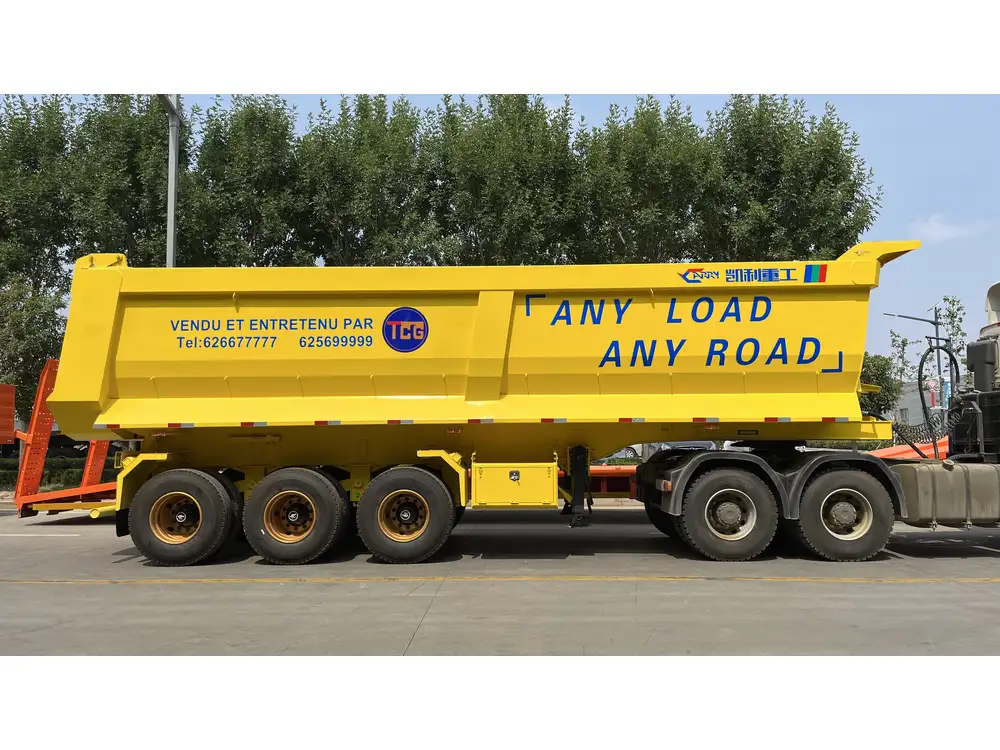
Step 1: Position Your Vehicle Properly
- Align The Tractor: Ensure that the tractor is lined up straight with the semi-trailer. Avoid any angles that could lead to misalignment.
- Secure The Area: Before unhooking, ensure that no personnel or equipment is in the vicinity of the trailer’s rear end.
Step 2: Engage the Tractor’s Parking Brake
- Set the parking brake on the tractor securely. This prevents any accidental movement during the unhooking process.
Step 3: Check the Trailer Brakes
- Test the PVA: Pull the trailer’s emergency brake (also known as the Hand Control) to check the trailer’s brake function.
- Release the Trailer’s Service Brakes: If the brakes are operational, you should be able to release them and proceed to the next step.
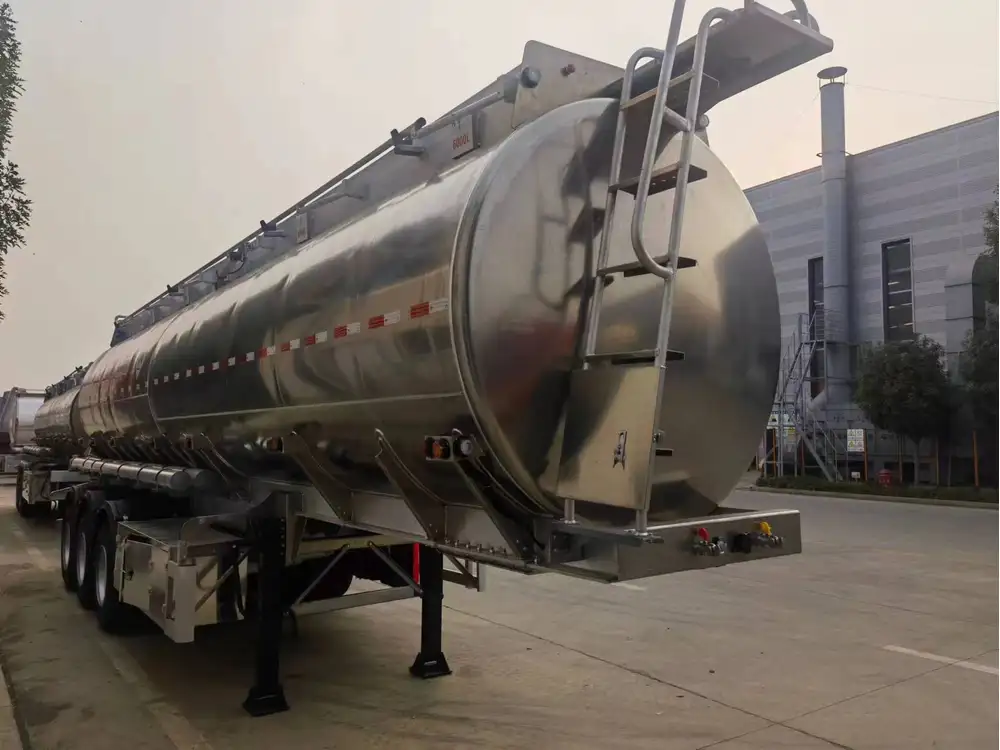
Step 4: Use Wheel Chocks
- Place wheel chocks in front of and behind the trailer wheels. This is crucial, especially with a loaded trailer, to prevent rolling.
Step 5: Lower the Trailer Legs
- Locate Landing Gear Crank: Identify the landing gear crank at the front of the semi-trailer.
- Lower the Landing Gear: Rotate the crank in the appropriate direction to lower the landing gear legs until they touch the ground firmly.
Important Note:
Make sure the landing gear is stable before proceeding to the next step.
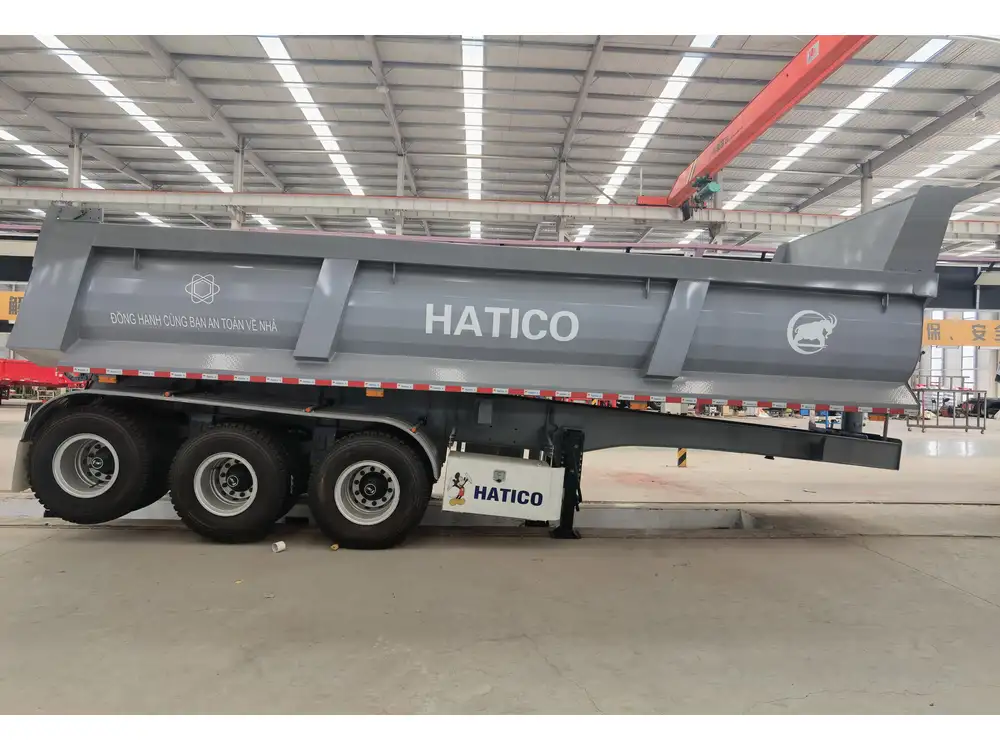
Step 6: Disengaging the Fifth Wheel
- Release the Fifth Wheel Lock: Locate the release lever on the fifth wheel and pull it. This will unlock the coupling area of the tractor.
- Reverse the Tractor: Carefully reverse the tractor away from the trailer while ensuring you’re maintaining control over the equipment.
Step 7: Secure the Area
- Once separated, engage the tractor’s parking brake again and remove the keys to prevent unauthorized access.
Common Safety Hazards and How to Avoid Them
Understanding potential hazards is crucial for safety.

Listed Hazards
- Trailer Rollaway: When the trailer is not secured with wheel chocks after uncoupling.
- Inadequate Ground Level: An unlevel surface can cause instability and potentially damage cargo or equipment.
- Injury from Falling Equipment: Entering or exiting the tractor while not properly secured can lead to injuries.
Preventive Measures
- Always check that brakes are functional.
- Ensure that all necessary safety gear is worn.
- Maintain clear communication with team members during the operation.
Additional Considerations

Checking for Damage Post-Unhook
After unhooking a semi-trailer, it’s essential to conduct a brief inspection for any noticeable damage or issues that could affect future hauling operations.
- Inspect Landing Gear: Look for signs of wear and tear.
- Examine Kingpin and Fifth Wheel: Ensure there are no deformities or obstructions that could impair coupling.
Best Practices for Future Operations
- Invest in Training: Ensure all team members are proficient in semi-trailer operations. Regular training can mitigate accidents.
- Hazard Assessment: Regularly evaluate your loading and unhooking protocol for potential risks and safety improvements.
Troubleshooting Common Problems
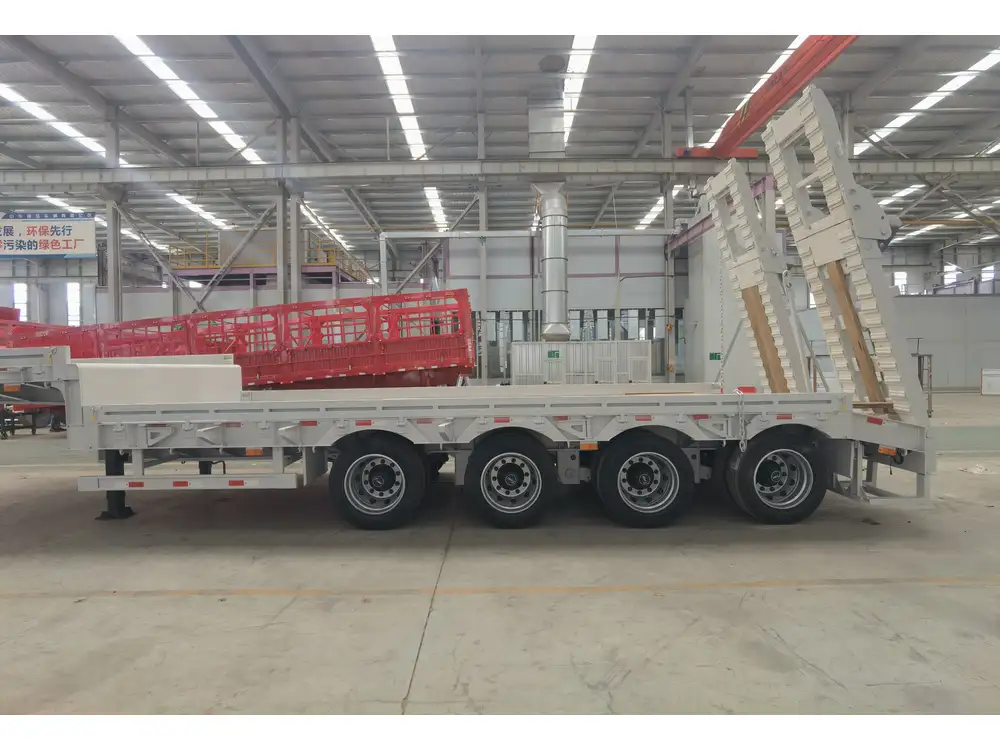
Issue 1: Stuck Fifth Wheel Lock
Symptoms: The tractor seems locked to the trailer, and the fifth wheel is not releasing.
Solutions:
- Check Mechanical Components: Ensure there are no debris or damage causing the lock to jam.
- Apply Lubrication: Occasionally, a simple lubrication can resolve this issue.
Issue 2: Trailer Does Not Stabilize
Symptoms: The trailer does not stabilize after lowering the landing gear.
Solutions:
- Reassess Ground Stability: Ensure that the ground where the trailer rests is even. Adjust the landing gear if necessary.
Issue 3: Unintentional Movement After Unhooking
Symptoms: The trailer shifts after unhooking the tractor.
Solutions:
- Reposition Wheel Chocks: Verify that they are positioned correctly at both the front and back of the trailer’s wheels.

Conclusion
Unhooking a loaded semi-trailer is a task that involves attention to detail and adherence to safety protocols. By following these comprehensive guidelines, you can ensure a secure and efficient process. From preparing adequately to recognizing potential hazards, implementing best practices will lead to a safer work environment and reduce the likelihood of accidents. For further training or equipment needs, consider reaching out to industry professionals or trailer manufacturers to enhance knowledge and operational safety effectively.



